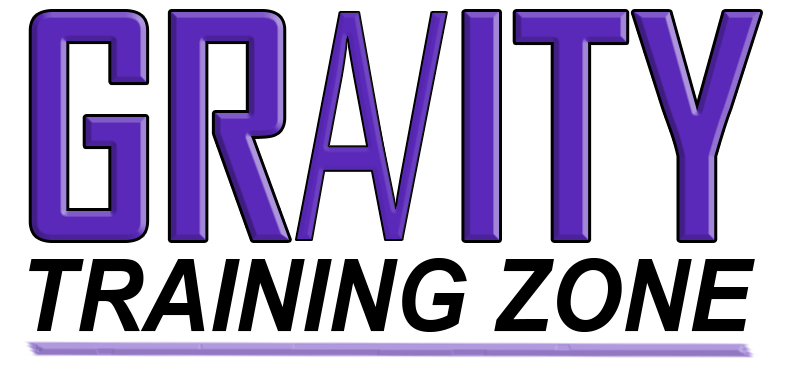
What is Plyometric Training ??
Plyometrics — also known as jump training — is a training technique designed to increase muscular power and explosiveness. Originally developed for Olympic athletes, plyometric training has become a popular workout routine for people of all ages, including children and adolescents.
Plyometric training conditions the body with dynamic resistance exercises that rapidly stretch a muscle and then rapidly shorten it. Hopping and jumping exercises, for example, subject the quadriceps to a stretch-shortening cycle that can strengthen these muscles, increase vertical jump, and reduce the force of impact on the joints.
Examples of Plyometric Exercises :
Trainers have developed thousands of plyometric exercises. A simple routine for children can start with one to three sets of six to 10 repetitions of one upper-body exercise such as a medicine ball chest pass and one lower body exercise such as a double-leg hop on two nonconsecutive days per week. As muscle strength increases, the routine can be expanded to include multiple medicine ball throws, jumps, and single leg-hops.
Plyometrics routines for adults range from low-intensity double-leg hops to high-intensity drills such as depth jumps, which involve jumping up to and down from boxes or benches as high as 42 inches. High-intensity drills can subject a participant to forces up to seven times his or her body weight.
For sports that require explosive lower-body power, a plyometric routine may start with ground-level jumping on soft surfaces such as padded mats or grass, progress to jumping over cones or foam barriers, and then advance to bounding exercises performed in straight lines and patterns.
Benefits of Plyometrics :
According to the American Council on Exercise, research studies have shown that plyometric training can lead to improvements in:
– Vertical jump performance
– Leg strength
– Muscle power
– Acceleration
– Balance
– Overall agility
– Bone density (especially in younger participants)
Proper Plyometric Technique Is Essential :
Beginners should only train under proper supervision, and start with easy and safe ground-level jump-offs onto padded surfaces such as grass or a gym mat over a wood gym floor.
More complicated exercises such as depth jumping should only be gradually introduced over time, and instructors need to assess your physical condition and injury status before advancing them to the next level. If necessary, a program can be modified over time to optimize gains and prevent overtraining.
Other important safety considerations include the use of foam or other soft barriers and boxes and jumping surfaces that can’t twist on impact. Between training sessions, participants should rest for at least 48 hours !!
Gravity Training Zone – Get In The Zone
Work with our professional weight loss personal trainers in New Jersey’s #1 Fitness Coaching Center!
Get your FREE 5-day VIP pass NOW!

